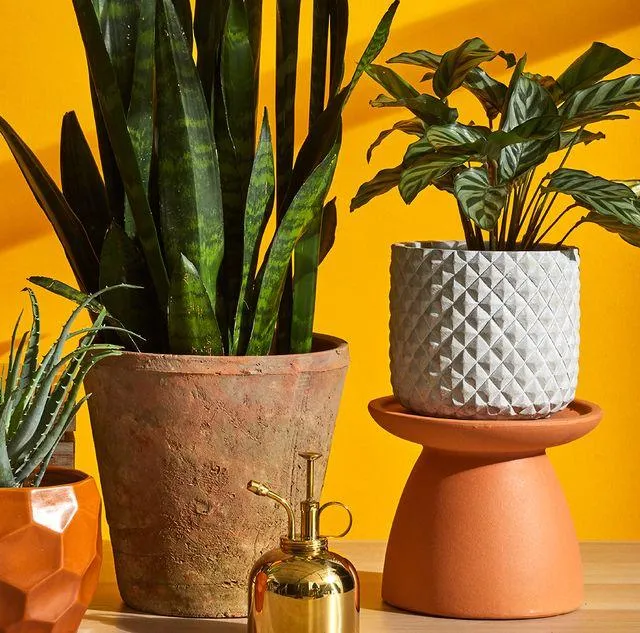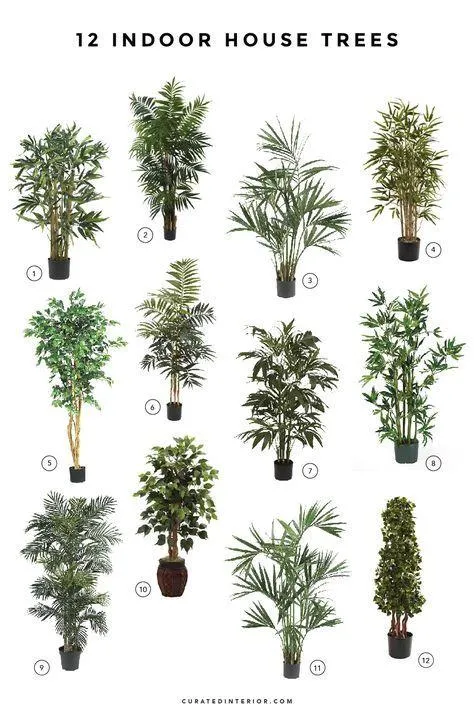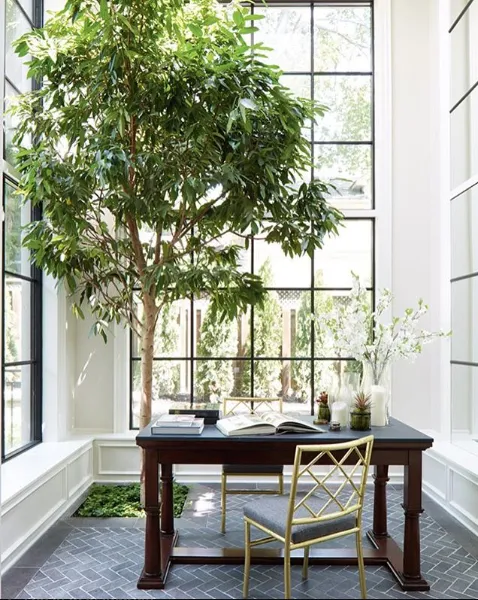
Indoor Tree House Plants: How to Grow an Indoor Tree in Your Home
Your Ultimate Guide to Planting an Indoor Tree House
Wondering how to build your own little indoor jungle getaway? In this article, I’ll cover all the basics of setting up an indoor tree house plant oasis right in your own home. From plant selection to construction materials, by the end you’ll have all the info you need to bring this project to life.
Choosing the Right Plants
The first step is selecting plants that will actually thrive in an indoor tree house environment. While it may be tempting to just grab whatever green things look cool, not all plants are cut out for confined indoor living. Here are some top options to consider:
- Pothos – Known as the “hardy plant,” pothos is basically impossible to kill. It thrives on neglect and removes toxins from the air. A great low maintenance choice.
- Philodendron – With their heart shaped leaves and vining growth habit, philodendrons give a real jungle vibe. Look for varieties like Brazil, lemon lime, or neon to add bright colors.
- Spider plant – These guys promote air purification like whoa. Plus, you’ll get baby plantlets popping up all over to share with friends. Win-win!
- Peace lily – Super dramatic white flowers and dark glossy leaves. Peace lilies soak up toxins and will let you know when they need water with droopy leaves.
Stick with plants that enjoy medium to low indirect light. Direct sun through windows can cook them. Avoid anything super high maintenance too – you want plants your kids can help care for without burning the place down, if you know what I mean.
Constructing the Framework
Once you’ve got your plant pals picked out, it’s time to build the tree house framework. While an outdoor structure might use wood, indoor needs call for a more durable material. I’d recommend a metal or plastic frame. Look for something lightweight but sturdy, with screws or brackets for easy assembly. From my experience, cubicle shelves or grids work well repurposed like this. You’ll also want a sturdy platform – try finding an old tabletop or using a sheet of plywood.

Mount the frame securely to wall studs or ceiling joists for safety. Wooden tree houses are swag, but you don’t want the whole shebang crashing down in a storm! Some rope lights or battery-operated string lights can set a chill vibe after dark too. Just be sure they’re low power for indoors.
DIY Planters and Plant Supports
Store-bought pots get pricey quick when you’re planting an entire tree house. No worries – there are tons of easy DIY planter options. Old buckets, tin cans, glass jars, you name it basically. Drill drainage holes if needed. You can even get creative making planters out of repurposed items like old boots or baskets.
Many hanging plants will need supports too. Try macrame hangers, twine or string wrapped around posts, or even aluminum window screening secured with hot glue. The screening works sweet because roots can grow right through it. Just be sure supports are strong enough not to snap under the weight of soaked soil!
Consider Adding Some Decor
No tree house is complete without a few choice decorative touches. String up some twinkle lights or hang wind chimes crafted from sea shells. Scatter throw pillows and a cozy blanket for lounging. Board books, bird figurines and other nicknacks can give it that “clubhouse” je ne sais quoi. You could even install a little Bluetooth speaker in a waterproof case for calming jungle sounds or lofi beats while you zen out amongst the greens.

Ongoing Plant Care
Once the indoor tree house is assembled and planted, the fun is just beginning. Proper care keeps everything healthy and happy for seasons to come. Some key maintenance tasks include:
- Watering when the top 1-2 inches of soil is dry. Most indoor plants only need water every 7-14 days.
- Fertilizing monthly in the spring and summer with a diluted liquid houseplant formula.
- Pruning off any sick or dead growth to promote new growth.
- Checking for pests and treating immediately with non-chemical methods if detected.
- Rotating plant positions monthly so all sides receive adequate light.
- Removing fallen leaves and debris to keep things tidy.
With a little TLC your indoor tree house will be thriving for years to come. It makes a amazing indoor oasis to escape to whenever life gets overwhelming. Who knows, maybe sharing your plant passion will even inspire others to join your little plant gang! So what are you waiting for – start scoping out that metal shelf bracket today!
I hope this guide has covered all the bases to fulfill your dream of an indoor tree house haven. Let me know if you have any other questions! Wishing you the best of luck on your plant parenting journey. Maybe one day we’ll see your setup featured on Better Homes and Gardens. You never know, right? Keep on growing!
Choosing Plants for an Indoor Tree House

| Plant | Light Needs | Water Needs | Size |
|---|---|---|---|
| Pothos | Low | Let soil dry out between waterings | Small to medium |
| Spider plant | Medium | Let soil partially dry out between waterings | Small to medium |
| Philodendron | Low to medium | Let soil partially dry out between waterings | Small to large |
| Peace lily | Medium | Let soil partially dry out between waterings | Small to medium |
| Snake plant | Low | Let soil dry out completely between waterings | Small to large |
FAQ
-
Can I grow houseplants in a tree house?
Yes, basically you can grow many common houseplants in a tree house. As long as the tree house gets some sunlight during the day, it can work kinda like a mini greenhouse. Plants like pothos, philodendron, spider plants, and peace lilies may do well.
-
What type of plants are best for a tree house?
The best plants for a tree house are ones that don’t need a ton of water or care. Succulents like aloe and sempervivums are pretty amazing since they store water in their leaves. Ferns are also a good choice ’cause they enjoy humidity. Hanging baskets with ivy or English ivy trailing over the rails looks stunning too.
-
How do I water plants in a high tree house?
Watering plants up high can be a real pain! Luckily there are some options. You can use a watering can with a long spout. Or connect a soaker hose to a bucket or water tank elevated above. Perhaps use a battery-powered pump to send water up. Maybe plant things that only need watering once every few weeks instead of weekly. But is lugging water worth it in the long run?
-
What growing conditions are best?
Most indoor plants will do alright in a tree house as long as they get partial sun. Nevertheless, be aware that conditions may be harsher than inside a home. Heavy winds or rain could be a issue. Also temperatures may fluctuate more. You might need to provide extra insulation or protection in winter. On the other hand, good ventilation is important in summer to prevent fungal diseases.

-
How do I protect plants from extreme weather?
To protect plants from excessive sun, rain, or cold you may need to install screening, glazing, or construct a greenhouse-like area on the tree house deck. Plants sitting out in the open are at the mercy of nature’s whims. Maybe grow tropicals in containers that can be brought inside as needed. Or choose hardy herbs and veggie plants that can withstand weather changes.
-
What about pests in a tree house?
Pests like bugs, slugs and squirrels may venture up to snack on your plants. You may notice chewed leaves, missing foliage or disappearing pots. As with indoor gardening, it’s important to check plants regularly for signs of pests and damage. Ladybugs or other beneficial insects may help keep pests under control. A mesh barrier may sort of deter squirrels and other critters too.